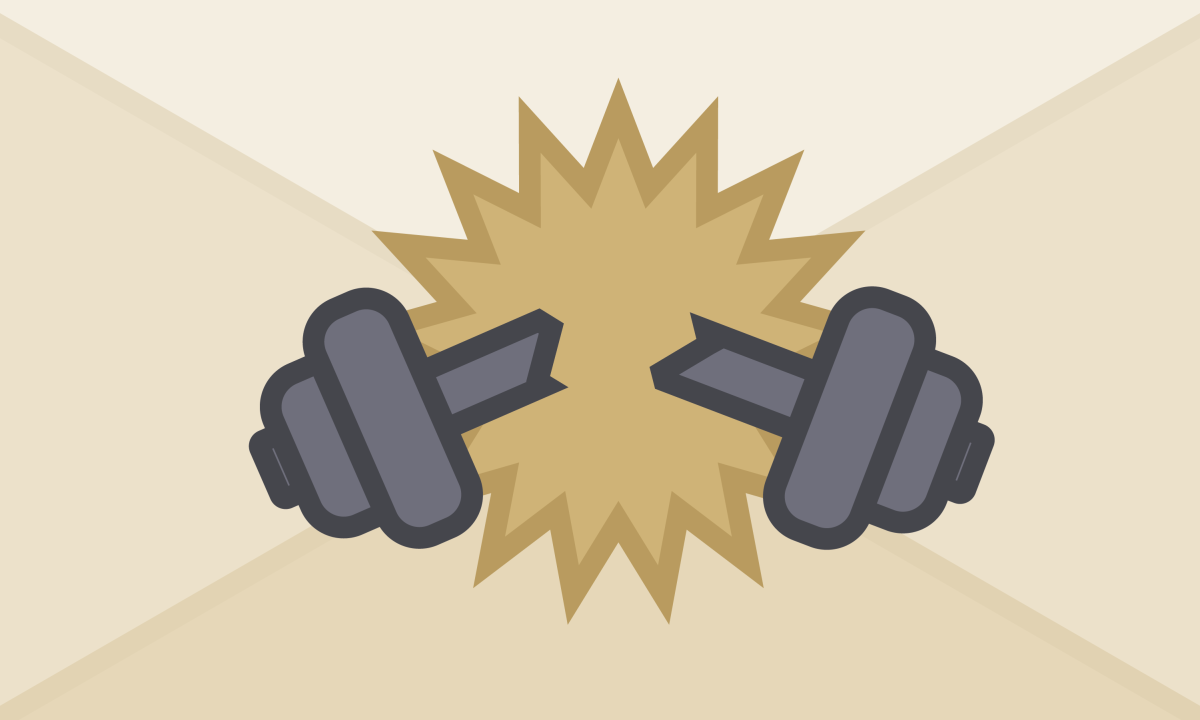An Ode to Inaccessible Healthy Lifestyles
In America, the wealthy are the gatekeepers of wellness. It’s a story as old as time. Fitness and exercise are metaphorically free. However, beginners must pay exorbitant rates for the gear and guidance they need to get started.
Healthy foods have been historically more difficult to access for marginalized and underprivileged groups. For instance, McDonald’s has a dollar menu, but an organic apple is at least $1.50.
Health luxuries, like healthy foods and health education (that should be necessities) unnecessarily split America into another divisive dichotomy: those who can afford to be healthy and those who cannot. This division is even more prevalent in the current gym and fitness culture.
The fitness industry is a conglomerate of gyms, workout clubs, and studio classes that cost as much as childcare. Since COVID-19, Americans have shown a heightened interest in exercise, which is a positive outlook for the health of our country. However, businesses are manipulating this increase in demand for health services by charging unaffordable rates.
Austin Misses the Mark
People typically view Austin, Texas as an enigma. A haven for weirdos and experimentalists alike. Sadly, when it comes to fitness culture, Austin lacks inclusivity.
As a fun experiment, check out The Visit Austin Fitness Page. There you will find many gyms and studios that offer workout classes and memberships in each part of downtown Austin. Forty-five to be exact. However, if you were to filter these options and apply the most affordable category, all 45 options would disappear.
The lack of affordable workout options means that Austin is simply not meeting the needs of its residents. Austin has the highest cost of living in Texas and a poverty rate of 13%.
Not only is getting fit in Austin expensive, but the culture is abrasive. If you’ve ever walked into a cycle class, pilates studio, or weight lifting session, you know the pressure and testosterone are soaring at an all-time high.
The added sense of luxury and privilege stems from the perpetually exclusive nature of these niche workout classes. Additionally, the combination of oversaturation, high prices, and an environment that lacks inclusivity is ultimately hurting Austinites and their ability to work out in peace among people from different socioeconomic backgrounds.
Now this all may seem very doom and gloom for our lovely city,but Pure Barre, Orange Theory, and private yoga studios aren’t the only options available for Austinites to get fit.
Many of the previous boutique workout studios will offer beginner classes and memberships that are more flexible and less intimidating for first-timers. But, if these options are still too daunting for your wallet and mental well-being, Austin has some redeeming fitness options.
Fitness Alternatives in Austin
One safe and multipurpose option is the Local YMCA. This option is budget-friendly, as the YMCA offers student discounts. The membership includes access to swimming pools, weight rooms, workout classes, cardio equipment and more. The YMCA also offers community support services and financial assistance to those in need. This fitness club is also a great way to connect with a community in Austin. An added bonus is that the Austin locations are accessible via the Metro buses.
Another asset Austin has to offer is the vast set of hike and bike trail options. Most of Austin’s trails have adequate infrastructure to support runners, bikers, hikers and walkers alike. Exploring these trails is great for both exercise and getting to know the beautiful city of Austin. A few notable mentions to explore are the Barton Creek Greenbelt, Lady Bird Lake Hike and Bike Trail and the Shoal Creek Trail.
The University of Texas does a great job of providing equal opportunities for students to improve their fitness. There are many free fitness centers on campus for students. These facilities include The Gregory Gym and Aquatic Center, Belmont Hall, The Recreation Sports Center and Clark Field. Each location has unique opportunities for a variety of different free exercises, but the facilities can still be intimidating for beginners. Individual reservations may be available for some activities to accommodate shy fitness lovers. These reservations create a safe space for students to explore their fitness journeys and mitigate additional anxieties that a busy weight room may cause. As mentioned before, all facilities are on campus, so they are easily accessible by bus or are within walking distance for those who live near campus.
TeXercise is another unique resource for UT students. UT Rec Sports offers a pass for $25 a month that grants members full access to group exercise classes. This fitness membership allows its users to reap the benefits of studio classes without the social and financial strain that they may otherwise experienced. TeXercise offers a variety of in-person and virtual workouts like kickboxing, pilates, yoga, strength training, cycle classes and more.
Find What is Right for You
From a bird’s-eye view, Austin may not appear to have the most inclusive fitness culture. However, once under the magnifying glass, the city has a unique variety of options for Austinites to stay fit. Health and fitness should be a right and the barriers to enter in this city must be broken down. Exploring all the unique fitness facets and finding a way to prioritize a healthy lifestyle is part of what it means to live in Austin and to love Austin.
































